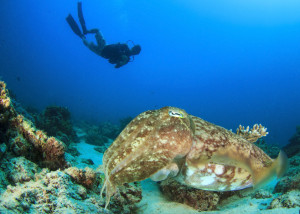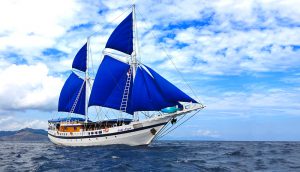Probably The Coolest Freediving Video You’ve Ever Seen
TravelThe video “Haven” features three world-record holding freedivers exploring wrecks and the deep blue Mediterranean Sea. You’ve gotta see this.
Probably The Coolest Freediving Video You’ve Ever Seen Read More »
 If you’re hunting for the ocean’s most intelligent invertebrates, both of the Atlantis Dive Resort locations in the Philippines offer you a higher than average chance of being hugely successful — even with some of the rarest species.
If you’re hunting for the ocean’s most intelligent invertebrates, both of the Atlantis Dive Resort locations in the Philippines offer you a higher than average chance of being hugely successful — even with some of the rarest species.